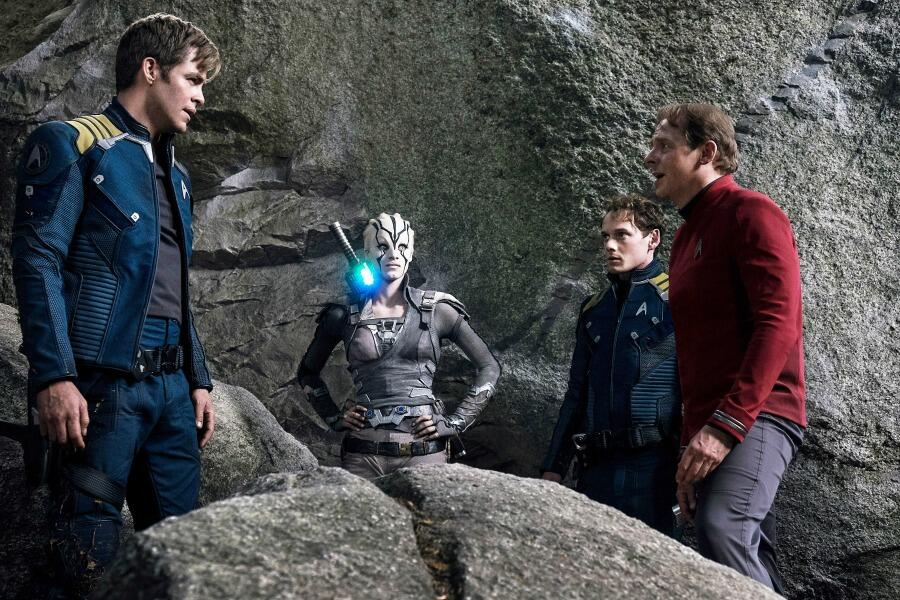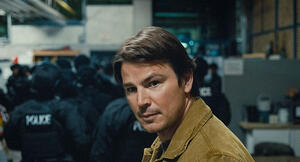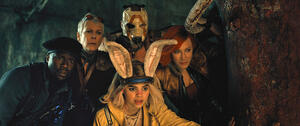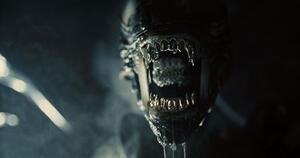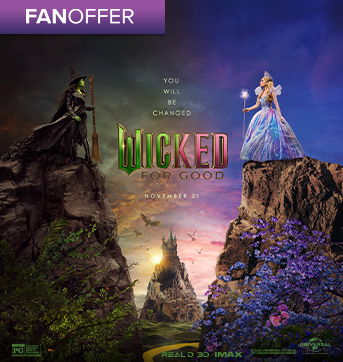
Star Trek Beyond is the latest film in the popular sci-fi franchise, and as such there are some familiar tropes, nods to that which has come before, and the comfort that comes with it. For instance, there are plenty of jokes and ties that connect the audience to the original cast of the television series and the movies that it spawned, and more of the same with regard to the two previous films in this current universe—and they work. We get the jokes. We like the jokes. We are suckers for the sentiment.
However, it may be the nods to the audience itself that sets Star Trek Beyond apart from its predecessors. That is, we (the royal we) no longer care to chase our popcorn with so many stereotypes. We want to see characters and storylines that reflect the societal progress made and the progress we still must make, all of which we hope is in a far better place come future stardates. We want our children to see it, too, all over the big screen. For example, the character of Sulu, now played by John Cho, is shown to be a gay man in honor of George Takei, the actor made famous by the role. Also, Lieutenant Uhura (Zoe Saldana) isn’t waiting on the bridge these days, she’s out there kicking butt and making sacrifices, i.e., hero stuff.
Perhaps the most obvious detour from previous plot behaviors is in the actions of James T. Kirk (Chris Pine), who has always owed a great deal of his charm to his prowess with the ladies, and while Kirk is as handsome as ever, he is all grown up, choosing to ponder his place in the universe rather than in the sheets. In the past, the addition of an attractive female alien like Jaylah (Sofia Boutella) would have resulted in a bit of space swinging, but she’s not cast as a helpless damsel, despite her distress. And his emotions are better spent on the righting of wrongs and the bonds of friendship, namely with Bones (Karl Urban), Scotty (Simon Pegg), and an equally emotional Spock (Zachary Quinto). Instead of having to explain to our kids that sometimes two adults are immediately attracted to each other and clothing is optional, with this Star Trek we can discuss the strength and sensitivity that unite us all. In theory.
Don’t worry, there is a ton of action, much of it pretty intense. The bad guys lean toward the reptilian, which may be scary for some children, but there isn’t any gratuitous blood (although a few red-shirted crew members are shown after the life has been drained out of them). The curse words can be counted on three fingers.
Were the kids okay with the content in regard to the rating? The boys, who are 13 and 10, were on the edge of their seats the entire time. There is a lot of action, and while violence is woven throughout, it is not the focus (and there isn’t any gore). There are a couple of curse words, but nothing drastic, and no sexuality to speak of.
Is the movie good? Yes. It’s a lot of fun. The Star Trek franchise is as strong as ever.
Is there anything after the credits? There is not a scene after the credits, but there is a dedication to the late Leonard Nimoy (Ambassador Spock) and Anton Yelchin (Pavel Chekov).
For another parent's perspective, check out this week's Mom's Movie Minute and see what Fandango's Diane Mizota had to say about why this movie was a little too scary for her nine year old.
Star Trek Beyond is rated PG-13 and now playing everywhere.
